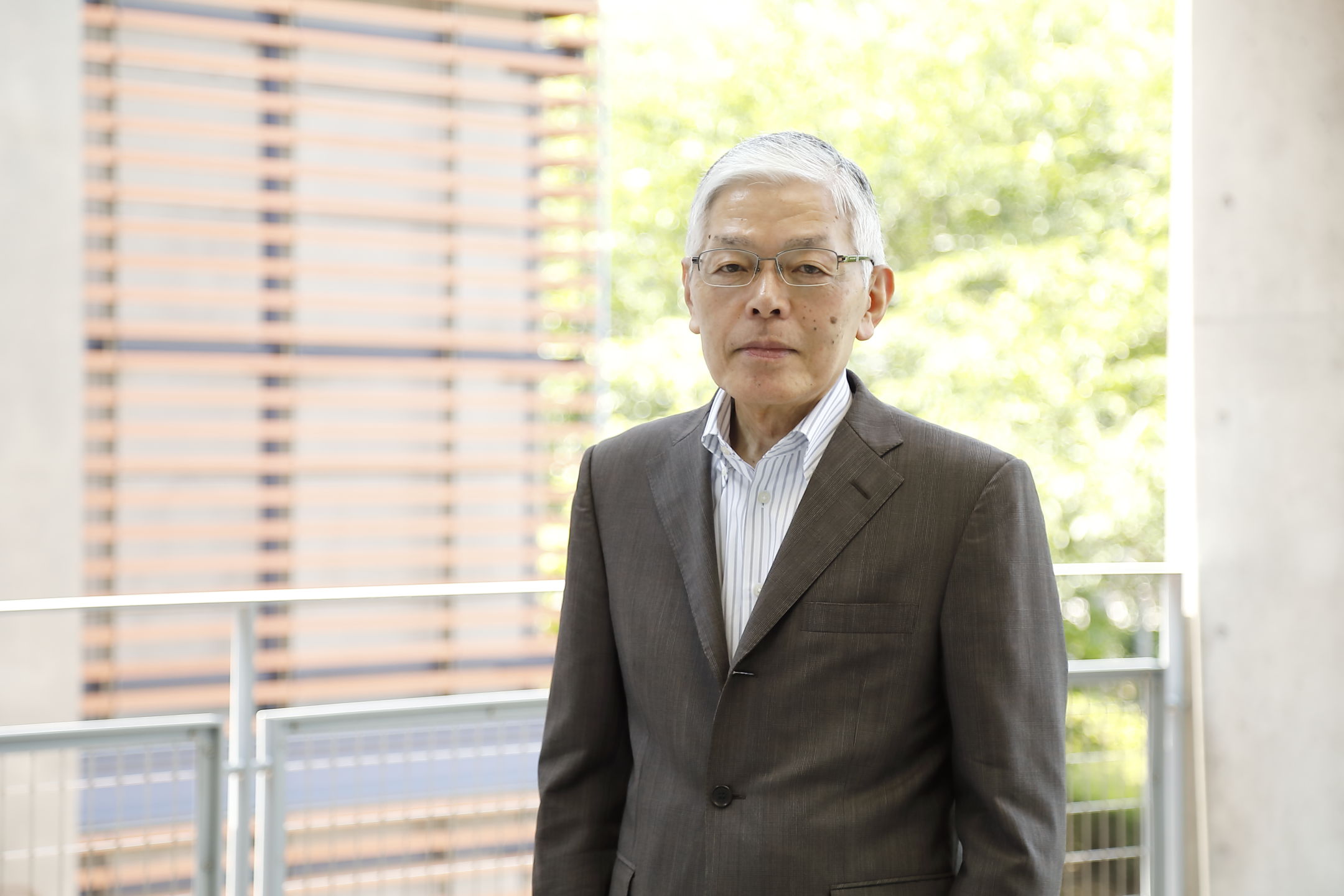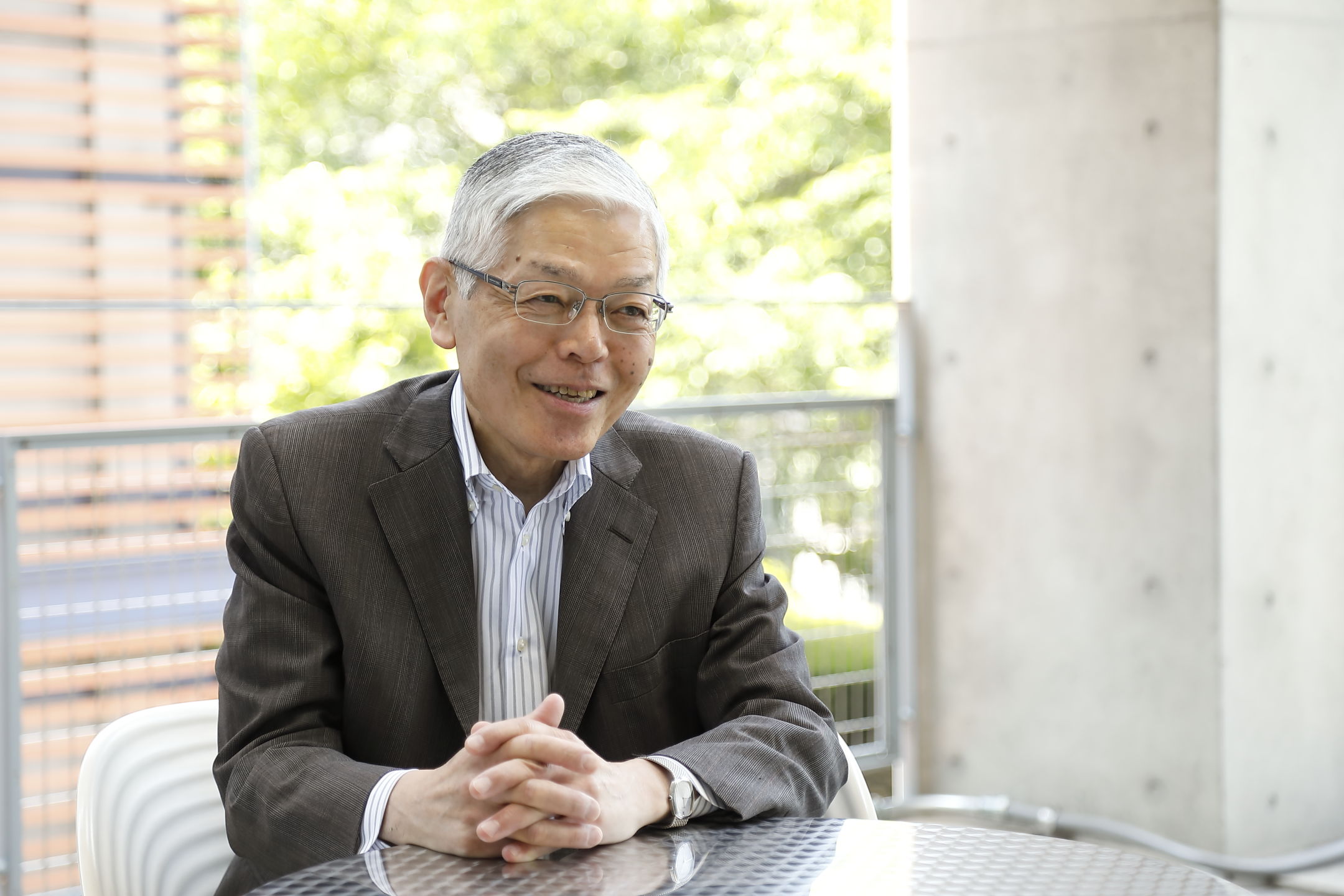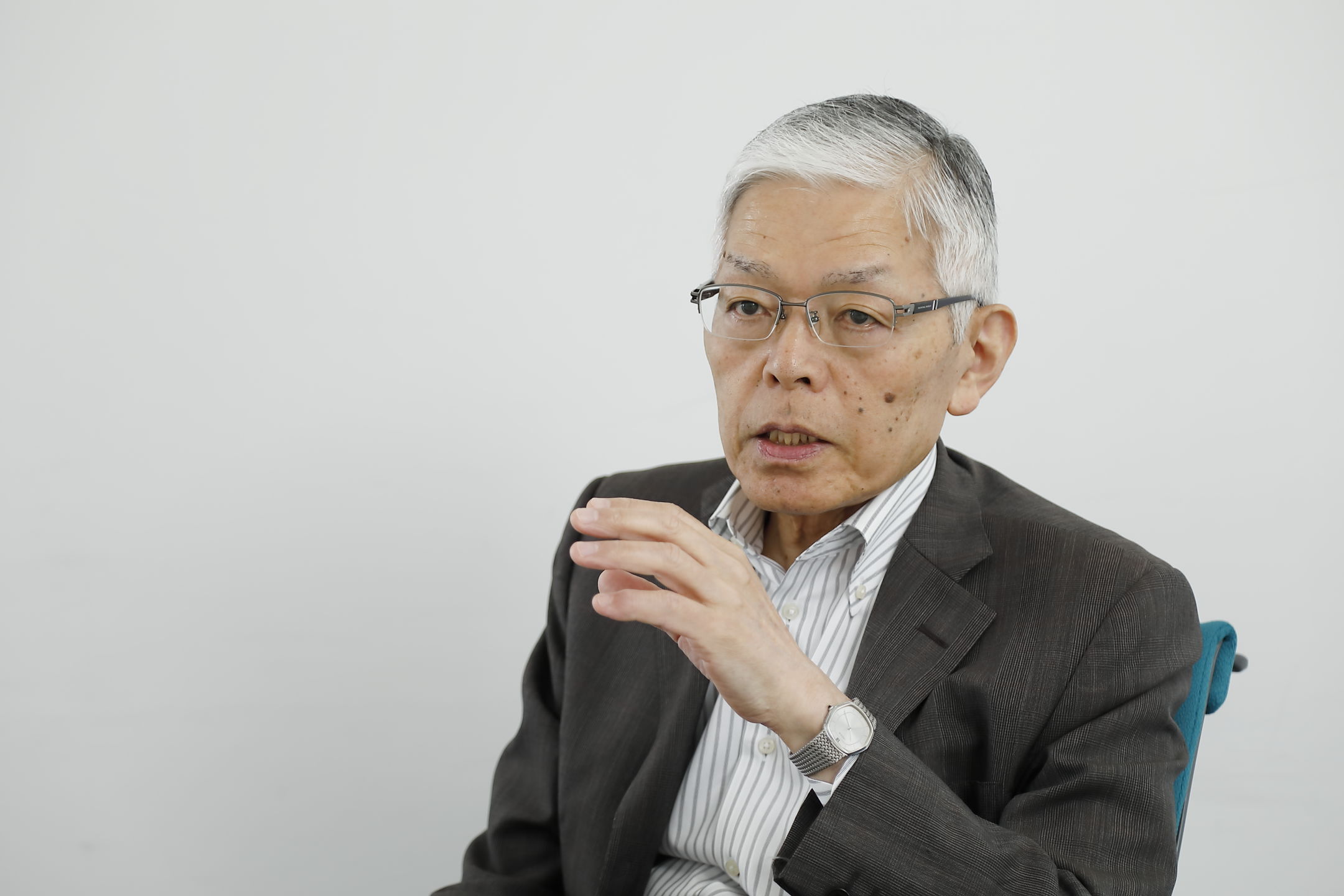
Master's degree from the Kyoto University Graduate School Science Department; Joined Science and Technology Agency (STA) where assumed the positions of: Director of S&T Promotion Bureau's School Information Division; Director of Nuclear Energy Bureau's Nuclear Waste Division, Director of S&T Policy Bureau's Policy Division; Director of the Japan Aerospace Exploration Agency (JAXA)'s Los Angeles Office, Director of the Japan Agency for Marine-Earth Science and Technology (JAMSTEC)'s Planning Bureau; Director-General of the Japan Atomic Energy Agency's Public Relations Bureau; Director-General of RIKEN Yokohama Research Institute's Research Promotion Bureau; Councilor of the Cabinet Office Minister's Secretariat; Councilor of the Ministry of Education, Culture, Sports, Science and Technology (MEXT) Minister's Secretariat; Director-General of MEXT S&T Policy Bureau in 2004; Researcher at the Cabinet Office Economic and Social Research Institute in 2005; Director of the Japan Science and Technology Agency (JST)'s Research Institute of Science and Technology for Society (RISTEX) from 2006; GRIPS Professor from 2012; JST Senior Fellow from 2015; Visiting Professor at GRIPS from 2018.
Co-author of books, including "Governance of Rapidly-developing Society" and "Scientific Advice"; Participation in various discussions on Japanese S&T policies, including "Japanese S&T Basic Plans"
Q: SDG goals have been set. What kind of effects do they bring to the "Science and Technology Policies"?
A: The Sustainable Development Goals (SDGs) unanimously agreed upon by all the participating countries in 2015 have set up 17 goals that should be attained by 2030. S&T is tasked a big role to attain the goals. And the "relationship between S&T and Society/Politics" that is my research topic is required to make a big change.
When we look back the history of S&T policies, the first thing that comes to my mind is Robert Millikan's words in 1930, "the earth is equipped with a large safe system, and the human beings cannot give a fatal blow to it." It used to be ideal for the researchers to pursue their research free of restrictions for the sake of S&T development without giving a thought on its negative aspects. However, the human beings have experienced nuclear development and environmental pollution and learned the negative side of the consequences. These experiences have led people to feel crisis that the S&T in the 21st century cannot obtain people's trust and support, if it "prioritizes on the importance of producing new knowledge and leaves the usage of the knowledge with the users, as exercised in the 20th century."
In 1999 the Budapest Declaration was announced as the S&T's commitment in the 21st century. This declaration was innovative in that it added "science for peace," "science for development," "science in society and science for society" to the 20th century-type "science for knowledge; knowledge for progress." However, the detailed action items were not made clear.
Now that the SDGs have made the action items clear, including poverty (division), foods, health, and water and health all of which are the issues both the developed and developing countries are facing, it is getting more and more important for the S&T policies to solve these issues and for the S&T policymaking systems to be improved.
Q: What is the "recognition of the era" that is essential to those involved in S&T policymaking?
 A: The most important about S&T was its economic value of "whether it makes money or not." The perception remains the same. However, S&T has given big negative effects on the society and the environment while developing. Now in the 21st century, they cannot be talked separately. Now called for are such people who understand the relation between S&T and economy, society and environment, and make and manage S&T policies to cope with the rapidly changing era.
A: The most important about S&T was its economic value of "whether it makes money or not." The perception remains the same. However, S&T has given big negative effects on the society and the environment while developing. Now in the 21st century, they cannot be talked separately. Now called for are such people who understand the relation between S&T and economy, society and environment, and make and manage S&T policies to cope with the rapidly changing era.
The "Science, Technology and Innovation Policy Program" has research activities, including collection and analyses of the past cases of how S&T and society have been interacting, and also is making policies and training people based on the knowledge gained through the research. Essential in S&T policy design is "recognition of the era." Only when we know what age we are living in and how the society and the environment develop in the future, we can say who can do what and where.
The current era started with the end of the cold war in 1989 when the world political and economic systems that were divided between East and West were united. In the 1990s the Internet that was used solely for military purposes was open to public, which brought revolution to the political and technological systems and eventual drastic change to the world.
Thirty years have passed since then. The huge development of internet, computer and digital technologies brought and spread both light and shade. The examples include "AI" that is feared as it deprives many jobs from human beings, "big data" that leaves many issues unsolved like protection of personal data and security of the validity of data. Especially, GAFA (Google, Amazon, Facebook, and Apple) has been developing gigantic and is making drastic change to the modern social system like capitalism and democracy, in spite of the fact that it took a long time to establish the system.
Also, the 9-11 terrorist attacks should not be forgotten when we talk about "recognition of era." The World Trade Center, the symbol of the 20th century S&T success was attacked and destroyed by a few airplanes that are also the successful product of the 20th century. Such attacks used to happen at a national level between two countries, but it was done by just a few people. The internet made it possible. This proves that we are now in an era where we cannot say that "S&T is allowed to do anything."

A: There are about 400 Master's and Ph.D. program students at GRIPS. Seventy percent of them are foreign students, originating from 60 countries ranging from developing countries to Europe and the United States. Most of the students are mid-career who are always thinking of their roles back in their countries after learning at GRIPS. We faculty members are always thinking what we can teach them who are clear with the issues at their countries.
I collect information by attending conferences at the UN SDGs Platform, the Organization for Economic Cooperation Development (OECD) and the International Network for Government Science Advice (INGSA) so that I can provide the students with the most updated S&T, society and politics. On the other hand, it is necessary to have a sense of what is going on at a close community such as family, local area, university and company. Advancing the recognition of the era and space takes you closer to the SDGs' spirit, which I think is essential for the students when they are back to their communities.